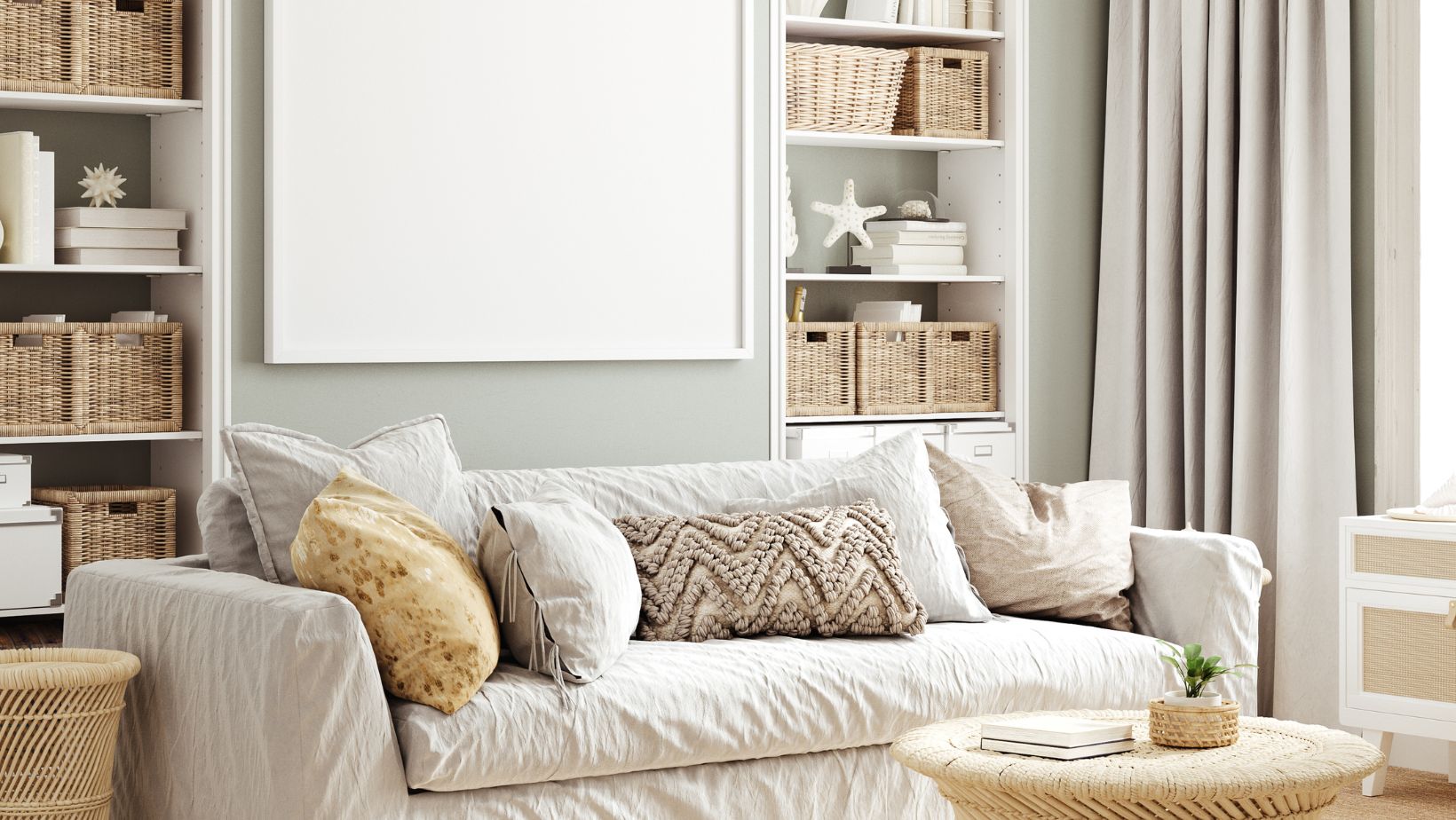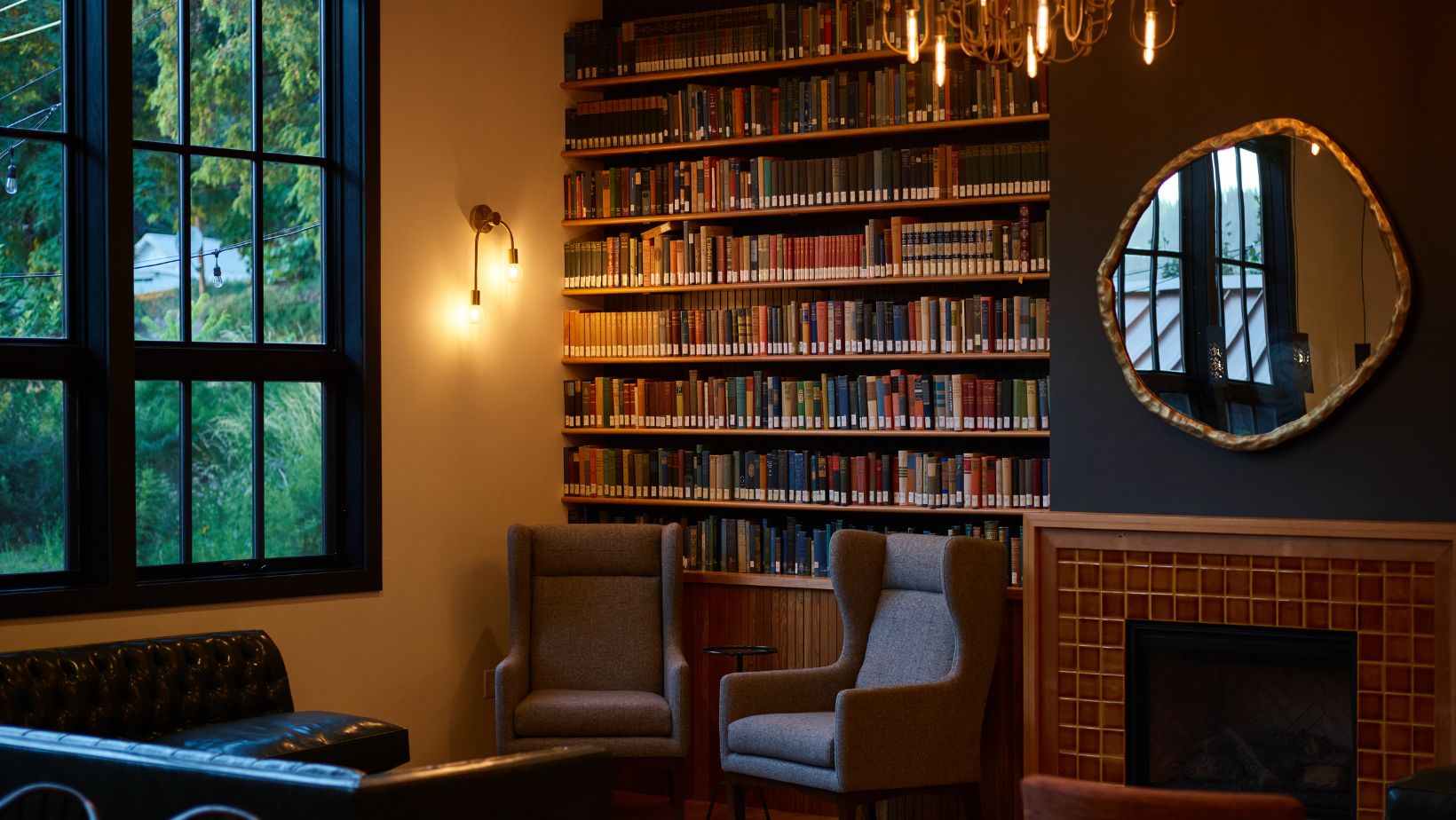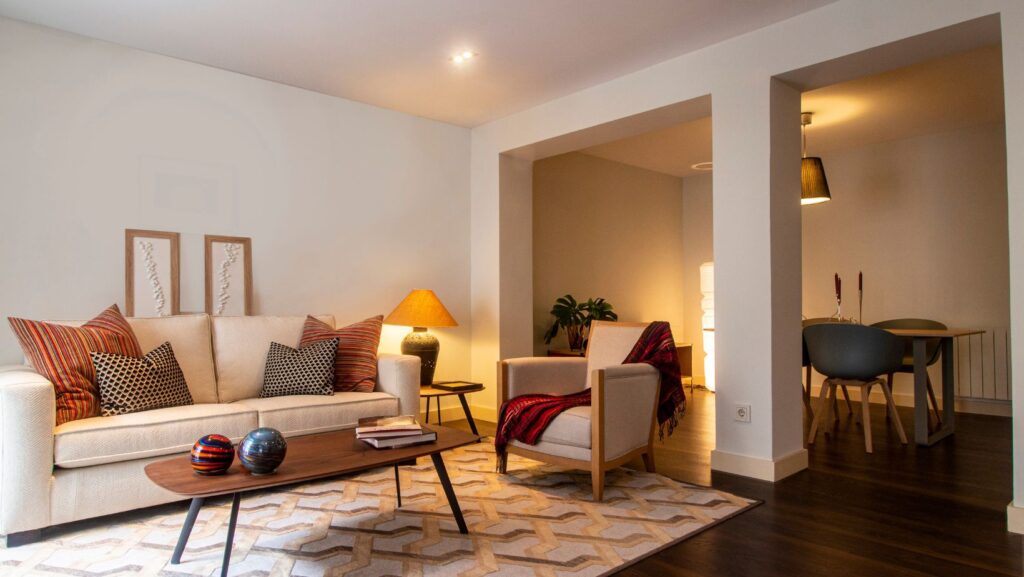Designing a home that feels warm, welcoming, and practical for kids often feels like a balancing act. On one hand, you want an elegant, stylish space that reflects your personality. On the other, you need it to be safe, durable, and functional for the little ones who live in it. The good news? You don’t have to choose one over the other.
With a little planning and creativity, you can create a cozy, child-friendly home that doesn’t compromise on aesthetics. Here’s how to strike the perfect balance between sophistication and family-friendly comfort.
1. Choose Soft, Stylish Textures
Opt for materials that feel as good as they look. Think boucle throw pillows, chunky knit blankets, and plush area rugs—all of which add cozy layers while cushioning any tumbles or rough play. Performance fabrics like velvet and treated cotton blends can also handle spills without sacrificing that upscale look.
Go for machine-washable upholstery and stain-resistant finishes to keep your space looking fresh, even with kids (and pets!) in the mix.
2. Use Color Strategically
While bright primary colors scream “kid zone,” a softer palette can work for everyone. Warm neutrals like oatmeal, soft terracotta, or sage green create a soothing backdrop that hides fingerprints better than stark white.
Add pops of playful color through accessories—like a bold ottoman or cheerful artwork—so the space still feels fun without overwhelming the senses.
3. Prioritize Smart Storage
Kids come with stuff—books, toys, art supplies, costumes. Integrate stylish storage solutions that hide the clutter while enhancing the decor. Woven baskets, built-in bench storage, and mid-century-style toy chests can blend seamlessly into a living room or play space.
Create designated “dump zones” near entryways with hooks, shelves, and cubbies to keep shoes, backpacks, and jackets under control.
4. Invest in Multi-Functional Furniture
The best pieces do double duty. Look for ottomans that store blankets or board games, coffee tables with lift-up tops for coloring sessions, or sofas with washable slipcovers. Modular seating can be rearranged for movie nights or playdates without compromising on design.

Think ahead to how a room might evolve as your child grows—from toddler play area to teenage hangout.
5. Celebrate Personality Through Decor
Involve your kids in the design process by letting them choose colors for their room or artwork for common areas. Frame their best creations in sleek gallery frames or incorporate handprints into a decorative mural. These touches personalize the space while reinforcing their sense of belonging.
That said, you can still maintain a cohesive aesthetic. Use consistent materials—like natural wood or brass finishes—to tie together both grown-up and kid-friendly elements.
6. Create Comfort Zones for Adults Too
It’s easy to let the whole house become kid-centric, but adults need sanctuaries too. Designate a corner for reading, meditation, or enjoying a glass of wine at the end of the day. A cozy chair, soft lighting, and a favorite blanket can make even a small space feel like a retreat.
And yes—recreation matters, even for grown-ups. Just like kids have their toy corners, adults are finding their own way to unwind in digital spaces. For those who enjoy high-stakes fun without leaving the sofa, platforms like Razed casino offer a sophisticated, crypto-friendly take on gaming. It’s a reminder that fun and comfort should be part of everyone’s home experience.
Final Thoughts: Design That Grows With Your Family
A home isn’t just a showcase—it’s a living space. The best interiors evolve with the people who live in them. With thoughtful choices, you can create a home that supports family life while still reflecting your design sensibility.

Comfort, safety, and beauty aren’t mutually exclusive. Whether it’s choosing a soft rug that complements your hardwood floors or creating a hidden gaming nook for grown-up downtime, your space can—and should—serve everyone in style.

